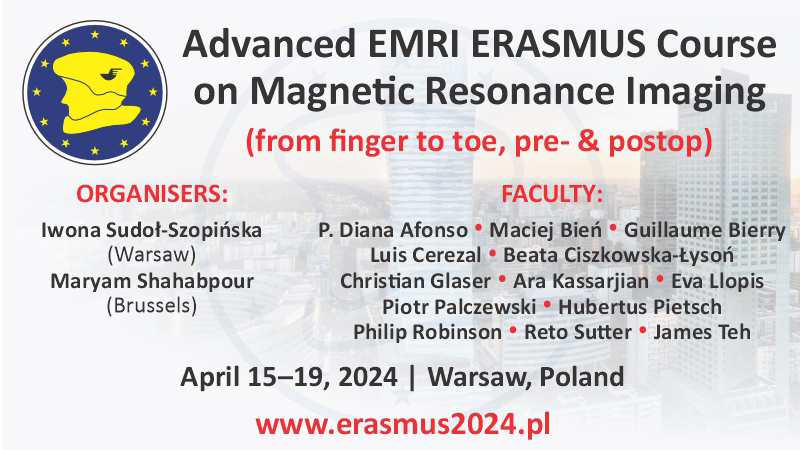Spontaneous resolution of unifocal Langerhans cell histiocytosis of the skull: potential role of ultrasound in detection and imaging follow-up
Filip M. Vanhoenacker1,2,3, Joris Verlooy4, Mania De Praeter5
 Affiliation and address for correspondence
Affiliation and address for correspondenceLangerhans cell histiocytosis is a tumor-like condition characterized by idiopathic proliferation of Langerhans cells. The disease may involve the skeleton as well as other organs systems. Bone involvement may be solitary or multifocal. Unifocal osseous Langerhans cell histiocytosis may involve virtually any bone, with the calvarium being most frequently involved. Plain radiography, computed tomography and magnetic resonance imaging are the most used techniques for detection and characterization of the lesion. The use of ultrasound is less known, although it may be a valuable technique in detection and follow-up of superficially located lesions such as calvarial lesions. This case report describes an 8-year-old girl, in whom the lesion was initially detected by ultrasound. Furthermore, ultrasound was used to evaluate spontaneous resolution of the lesion. The knowledge of ultrasound characteristics may be important to avoid unnecessary radiation and gadolinium administration, particularly in a pediatric population.






